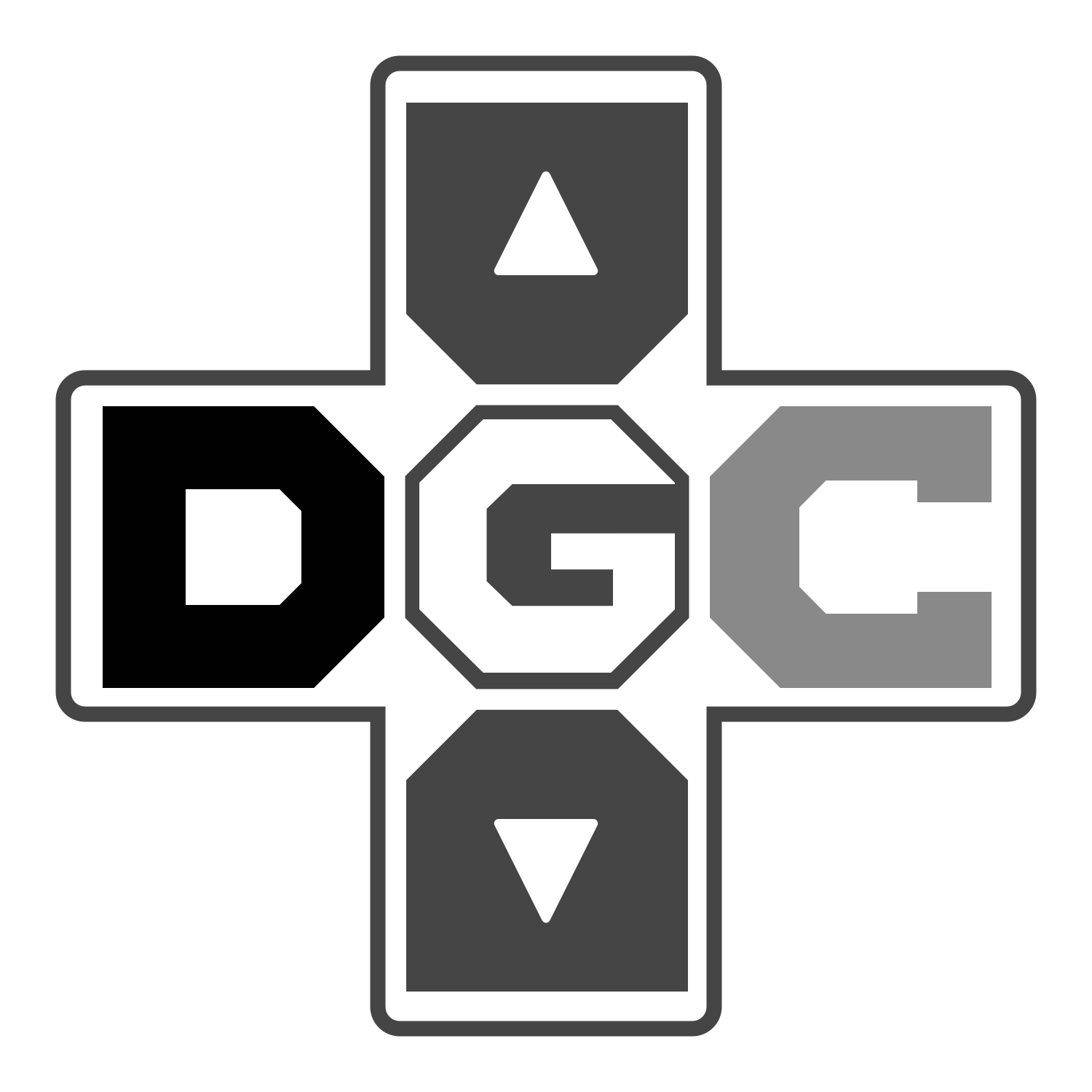DGC Ep 088: Super Mario 64 (part two)
Welcome to Dev Game Club, where we are in the midst of our series on 1996 3D platforming sensation Super Mario 64. We talk about level design, what permits its density, and then fall into a long chat about Nintendo's innovations in controls. Dev Game Club looks at classic video games and plays through them over several episodes, providing commentary.
Sections played:
To the second Key!
Podcast breakdown:
0:33 Segment 1: SM64 Talk
43:46 Break
44:14 Segment 2: Feedback
Issues covered: whether or not Mario is a plumber, how many stars to get, "not every star is created equal," the different blocks and where you need them, roomier spaces and how level design is overlaid to have multiple goals in a single space, clarity of options but less clarity of use, gating stars based on preceding actions, underestimating the balance and tuning of the designers, progression of difficulty of the stars, best of both worlds, getting later stars by luck and the sense of discovery, quest-like nature of the stars (and did the names come first), camera setting up where you are, layering exploration in 3D and space and time to play and figure things out, analog nature of space, pulling your attention, getting through a challenge the first time (when you come back), neuroscience digressions avoided, integrating skills with time away, getting over the skills threshold, Whomp's Fortress and level design density, lessons for 3D level design, abstraction vs realism and context, basing design on mechanics and metrics, little digression of Super Mario Odyssey, the 7th star, values of each coin, finding the 7th star, mechanical depth with stealth sections, teaching the player fine motor control, designing to the controller, Wii Sports as a tech demo for the controller, teaching people to use the controller, a list of Nintendo's firsts, game makers vs toy makers, tangibility and holism and aesthetics of the total experience, taking risks with hardware, camera controls making more sense as buttons, camera attempts to work with your intentions based on Mario's facing, 8 red coin elevator and facing, discovering intentionality, partnership between player-camera-level design, mismatching level to camera, camera designers, using camera as cinematography to convey emotion but be playable, claustrophobic camera work in Tomb Raider 2013, centering the camera on a point you're circumnavigating, the first 3D platformer, the horror of children, whether AAA games are sustainable on $60 per unit cost, microtransactions in mobile, the Star Wars tax, IP secondary product monopolies, team size and content scale, boxed product cost, design against used games, closures, generation shifts, hit-driven business, pro controller, Nintendo solves my carpal tunnel problems.
Games, people, and influences mentioned or discussed: Super Mario 64, Dr. Mario, Nintendo, Super Metroid, Super Mario Sunshine and Galaxy, Super Mario World, Zelda, Tetris, Super Mario Odyssey, Wii Sports, Nintendo GameCube, Sony, Microsoft, Nintendo DS, GameBoy, Virtual Boy, Game & Watch, GameBoy camera and printer, WaveBird, Eternal Darkness, Remi Lacoste, Crystal Dynamics, Tomb Raider (2013), Ubisoft, Prince of Persia, Rise of the Tomb Raider, LonelyBob, Jumping Flash, PlayStation, Tomb Raider (1996), Johnson 'Blue' Siau, Silent Hill, Anatomy, Kitty Horrorshow, Jeremy Fischer, James Roberts, Battlefront 2, EA, Super Mario RPG, Destiny, Bungie, Activision/Blizzard, Star Wars, NFL, Halo 5: Guardians, Battlefield, LucasArts, George Lucas, Bethesda Game Studios, tj_mackey432, Game Junk podcast, Joet74, Smahimus87, X-COM, Inner Space, Fantastic Voyage.
BrettYK: 0
TimYK: 48
Next time:
To 50 Stars!
Links:
GameFAQs about Jumping Flash
Retro-style horror games from Johnson Siau
Back of envelope costs of developing a game
@brett_douville, @timlongojr, and @devgameclub
DevGameClub@gmail.com
